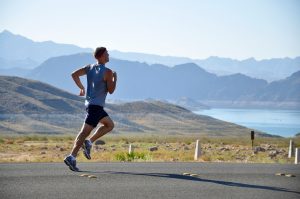Walking and running excise

Running and walking exercise
Aging can bring about a number of physical and cognitive changes, but regular exercise can help to mitigate many of these effects. Walking and running are particularly beneficial forms of exercise for older adults, as they are relatively low-impact and can be done at any fitness level.
One of the most significant benefits of walking and running for aging adults is the improvement of cardiovascular health. As we age, our cardiovascular systems may become less efficient, leading to an increased risk of heart disease and stroke. Regular aerobic exercise, such as walking and running, can help to strengthen the heart and improve blood flow, reducing the risk of these conditions. Additionally, regular exercise can also help to lower blood pressure and cholesterol levels.
Another benefit of walking and running for aging adults is the improvement of bone health. As we age, our bones may become more brittle, increasing the risk of fractures. Weight-bearing exercise, such as walking and running, can help to strengthen bones and reduce the risk of fractures.
Walking and running can also have a positive impact on cognitive function. Research has shown that regular exercise can improve memory, concentration and overall cognitive function. Additionally, regular exercise can also help to reduce the risk of age-related cognitive decline, such as dementia and Alzheimer’s disease.
Physical exercise can also help improve mental health. Regular exercise can help to relieve symptoms of anxiety and depression, as well as improve overall mood. Exercise has been linked to increased release of endorphins, which are responsible for the feeling of well-being and happiness.
Finally, walking and running can also help aging adults to maintain independence. Regular exercise can help to improve balance, coordination, and flexibility, reducing the risk of falls and injuries. Additionally, regular exercise can help to improve overall strength, making it easier to perform daily activities.
In conclusion, walking and running are forms of exercise that are well-suited for aging adults. Regular exercise can help to improve cardiovascular health, bone health, cognitive function, mental health, and overall independence. With the help of a doctor, older adults can choose the best routine for them to stay healthy and happy.


